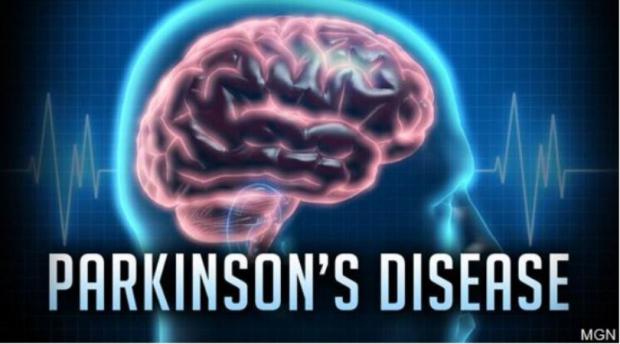
Breaking News
 Selling Us Rope: Palantir Is Raking In Billions From Washington
Selling Us Rope: Palantir Is Raking In Billions From Washington
 Tyson Foods Confirms Protein Switching Underway Amid Record High Beef Prices
Tyson Foods Confirms Protein Switching Underway Amid Record High Beef Prices
 Holy SH*T! Sex Offender Can't Adopt Kids--So He Bought One Instead? | Redacted w Clayton Morris
Holy SH*T! Sex Offender Can't Adopt Kids--So He Bought One Instead? | Redacted w Clayton Morris
Top Tech News
 'Robot skin' beats human reflexes, transforms grip with fabric-powered touch
'Robot skin' beats human reflexes, transforms grip with fabric-powered touch
 World's first nuclear fusion plant being built in US to power Microsoft data centers
World's first nuclear fusion plant being built in US to power Microsoft data centers
 The mitochondria are more than just the "powerhouse of the cell" – they initiate immune...
The mitochondria are more than just the "powerhouse of the cell" – they initiate immune...
 Historic Aviation Engine Advance to Unlock Hypersonic Mach 10 Planes
Historic Aviation Engine Advance to Unlock Hypersonic Mach 10 Planes
 OpenAI CEO Sam Altman Pitches Eyeball-Scanning World ID to Bankers
OpenAI CEO Sam Altman Pitches Eyeball-Scanning World ID to Bankers
 New 3D-printed titanium alloy is stronger and cheaper than ever before
New 3D-printed titanium alloy is stronger and cheaper than ever before
 What is Unitree's new $6,000 humanoid robot good for?
What is Unitree's new $6,000 humanoid robot good for?
 "No CGI, No AI, Pure Engineering": Watch Raw Footage Of 'Star Wars'-Style Speeder
"No CGI, No AI, Pure Engineering": Watch Raw Footage Of 'Star Wars'-Style Speeder
 NASA's X-59 'quiet' supersonic jet rolls out for its 1st test drive (video)
NASA's X-59 'quiet' supersonic jet rolls out for its 1st test drive (video)
 Hypersonic SABRE engine reignited in Invictus Mach 5 spaceplane
Hypersonic SABRE engine reignited in Invictus Mach 5 spaceplane
Parkinson's Patients Experience Significant Reduction in Tremors Thanks to Ultrasound Procedure

Tremors are rhythmic, involuntary muscle movements that cause shaking in one or more parts of the body, usually in the hands. They are characteristic of movement disorders like essential tremor (ET) or Parkinson's disease (PD) tremor, two progressive conditions that affect millions of people worldwide.
Previous treatment options for reducing tremors in patients who have not responded to medical therapy include deep brain stimulation, a surgical procedure that involves implanting a small electrode in the brain connected to a pulse generator that is implanted in the chest like a pacemaker.
A more recently available option is magnetic resonance-guided focused ultrasound (MRgFUS) thalamotomy, an incisionless interventional radiology procedure in which focused beams of sound energy are used to heat and destroy a small part of a structure in the brain called the thalamus.
The procedure gives relief to the opposite side of the body, meaning that treatment to the right side of the brain would relieve tremors on the left side of the body, and vice versa.
As a minimally invasive approach, focused ultrasound has advantages over deep brain stimulation, including a reduced risk of complications from bleeding and infections, according to study lead author Federico Bruno, a radiologist at the University of L'Aquila in Italy.
"Another advantage is the immediate effect this treatment provides, unlike deep brain stimulation which requires a break-in period for the electrostimulation," he said. "Additionally, treatment with MRgFUS requires shorter hospitalization and is a fairly well-tolerated procedure even by more fragile patients."



